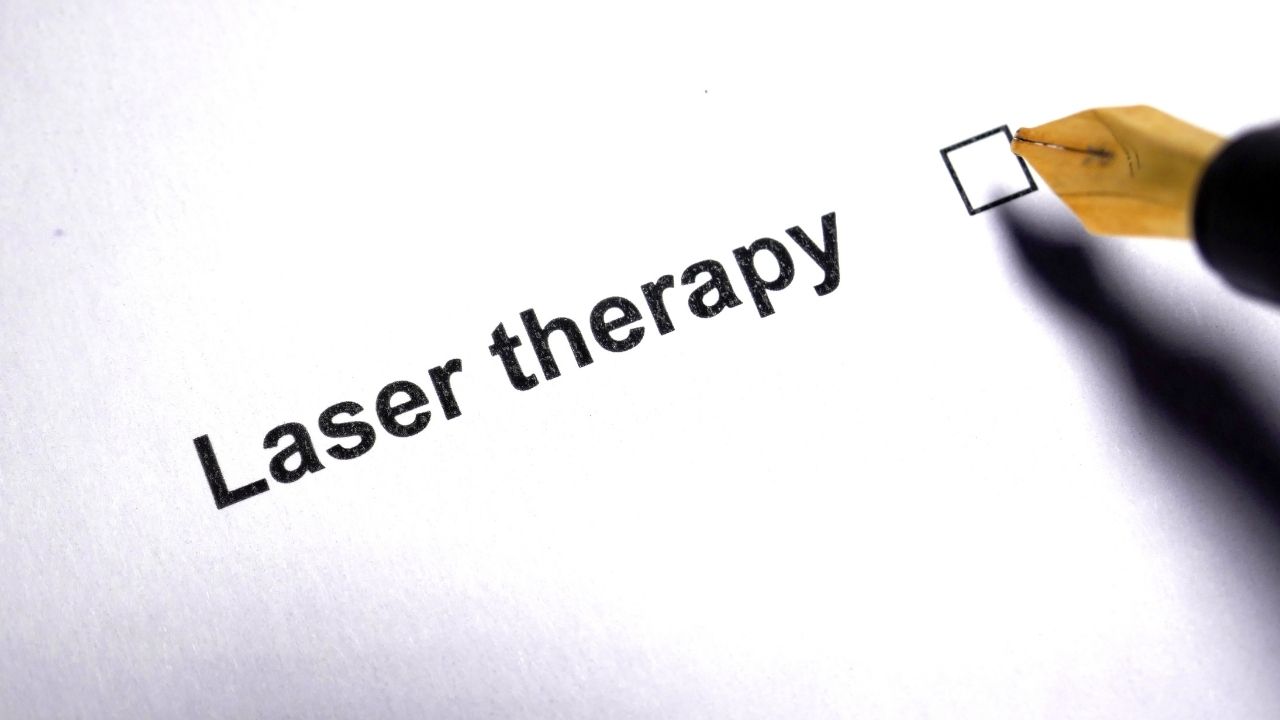Lifestyle
Experts Share How Low Level Laser Therapy Work

Hair loss is a normal part of aging. Whether you’re a man or woman, it’s something that you’ll eventually have to embrace. But there’s a difference between embracing who you are and letting hair loss lead to premature balding. If you want to address the issue, low level laser therapy is one of the most effective options.
What is LLLT?
Low level laser therapy (LLLT), known in scientific circles as photobiomodulation, has been around for decades. However, it’s only just recently become accessible to the masses.
LLLT was first discovered in 1967 by Endre Mester who was working at the Semmelweis University in Budapest, Hungary. He found that applying laser light to the backs of shaven mice would actually induce hair to grow back more quickly than normal. Furthermore, he found that lasers could be used to treat skin ulcers, wounds, and certain neurological disorders.
“LLLT involves exposing cells or tissue to low levels of red and near infrared (NIR) light, and is referred to as ‘low level’ because of its use of light at energy densities that are low compared to other forms of laser therapy that are used for ablation, cutting, and thermally coagulating tissue,” explains a study published in the Annals of Biomedical Engineering. “LLLT is also known as ‘cold laser’ therapy as the power densities used are lower than those needed to produce heating of tissue.”
It was previously thought that LLLT required coherent laser light, but researchers have found that light emitting diodes (LEDs) are equally as effective and less expensive.
And while LLLT is used for dozens of therapeutic techniques, its application for hair loss is among the most prized and highly sought after — particularly since it’s become available as a consumer product.
“Until recently, this technology was available only through expensive procedures performed by physicians. Now, you can have it right in your own home for a more comfortable, more time-efficient method of treating hair loss,” explains Kiierr, one of the leading providers of laser hair growth caps.
In terms of hair regrowth, LLLT irradiates photons into scalp tissues. And as these photons are absorbed by weaker cells, it encourages hair growth. In other words, laser therapy improves cellular respiration, stimulates hair follicles, and jumpstarts the hair growth process.
LLLT technology is FDA approved and has been backed by numerous clinical trials. Here are two of them:
- In a 2014 study, low level laser therapy was found to be both safe and effective for hair growth in men and women.
- In a separate study of 41 males between the ages of 18 and 48, laser therapy produced a 39 percent increase in hair growth over a 16-week period.
Who Should Try LLLT?
As more consumers learn about LLLT, it’s becoming a favored option for fighting hair loss. So, is it right for you? Here are some instances where it makes sense:
- You’re experiencing some sort of rapid or premature hair loss. This could be balding at the crown of the head, thinning, and/or a receding hairline. LLLT will not only slow the rate of hair loss, but it could also allow you to regrow hair in areas where you were previously balding.
- You need help regrowing hair, but you don’t want to go through the pain and hassle of a hair transplant procedure. You’d prefer something convenient and discreet that can be done in the comfort of your own home.
- You aren’t interested in hair loss medications because of the side effects, mess, and ongoing monthly expense. You’d rather have a cost-effective option with no side effects.
LLLT is for both men and women. Whether your hair loss is caused by hereditary factors, changes in hormones, stress, or unknown factors, laser therapy can help you grow a thicker and fuller scalp of hair.
Other Helpful Tips for Fighting Hair Loss
While it’s certainly one of the most effective methods for fighting hair loss, LLLT is just one option. If you’re going to try it, make sure you’re setting yourself up for success with the lifestyle decisions you make. Diet, nutrition, sleep, and stress reduction are all important factors. Live a healthy life and do what you can to fight back against hair loss!
Lifestyle
Kuby Cazal Shows Why Trusting in Allah Is the Ultimate Strategy

In an online world where entrepreneurship is often measured in Rolexes, rented Lambos, and airport selfies, Kuby Cazal stands out — not because he’s louder, but because he’s real.
He doesn’t flash his wealth. He doesn’t post luxury for the sake of validation. In fact, he’s said in several interviews that he doesn’t want to be known as the guy who flexes with money.
Instead?
He flexes with faith.
Kuby Cazal is a practicing Muslim — and for him, business isn’t just about profits and success. It’s about gratitude, growth, and fulfilling the responsibilities that come with the blessings Allah has given him.
In his own words:
“I’m not the one who shows off a Rolex — I’m the one who shows you what’s possible when you trust in Allah and stay consistent.”
And it shows. While others post stories of flashy lifestyles, Kuby’s focus is on impact. He prays. He fasts. He makes dua for his team. And he constantly reminds his audience that everything he has is from Allah — not from his own effort alone.
Behind the scenes, he’s helped countless dropshippers quietly. No screenshots. No clout. Just support. His message is simple: you can build a business and stay true to your deen.
But it wasn’t always this way. Kuby Cazal himself admits that a few years ago, his connection to Islam wasn’t where it should’ve been. “I prayed sometimes, I skipped sometimes,” he shares. “Now I don’t skip. Because everything I have, everything I am — it’s from Allah. Why would I ever miss thanking Him?”
In a world full of noise, Kuby Cazal is a different kind of entrepreneur. One who doesn’t point to himself as the source of success — but to Allah.
For young Muslims trying to navigate business and faith, he’s proof that you don’t have to sell your soul to build something meaningful. You can work hard, stay humble, and always keep Allah first.
And in Kuby’s case? That’s the biggest flex of all.
-

 Tech4 years ago
Tech4 years agoEffuel Reviews (2021) – Effuel ECO OBD2 Saves Fuel, and Reduce Gas Cost? Effuel Customer Reviews
-

 Tech6 years ago
Tech6 years agoBosch Power Tools India Launches ‘Cordless Matlab Bosch’ Campaign to Demonstrate the Power of Cordless
-

 Lifestyle6 years ago
Lifestyle6 years agoCatholic Cases App brings Church’s Moral Teachings to Androids and iPhones
-

 Lifestyle4 years ago
Lifestyle4 years agoEast Side Hype x Billionaire Boys Club. Hottest New Streetwear Releases in Utah.
-

 Tech7 years ago
Tech7 years agoCloud Buyers & Investors to Profit in the Future
-

 Lifestyle5 years ago
Lifestyle5 years agoThe Midas of Cosmetic Dermatology: Dr. Simon Ourian
-

 Health6 years ago
Health6 years agoCBDistillery Review: Is it a scam?
-

 Entertainment6 years ago
Entertainment6 years agoAvengers Endgame now Available on 123Movies for Download & Streaming for Free
